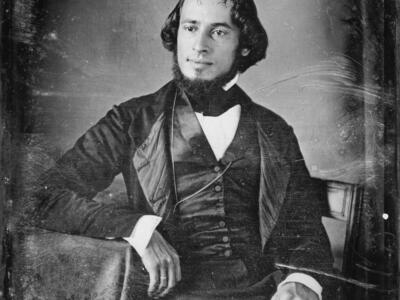Subject
(Auto)biography Abortion Abstract expressionism Activism Adolescence Adultery Advertisements Aesthetics Afterlife Aggadah Aging Agriculture Aliyah Allegory Amulets Angels, demons & deities Animals Anthologies Anthropology Antisemitism/anti-Judaism Apartheid Apocalypse Apostasy Arab-Jewish relations Arabic Arabs Archaeology Architecture Art Artists Ashkenazi Assimilation Astrology Astronomy Bene Israel Bible Biblical commentary Birth Black-Jewish relations Blessings & curses Blood libel Body image Bund Burial Calendar Canon/canonization Capitalism Cartooning & graphic art Cemetery Censorship Charity Children Christian-Jewish relations Christianity Circumcision Cities Civil disobedience Class Coins Colonialism Communal organizations Communism Community Conceptualism Conscription Conversion Conversos Cosmology Covenant Crafts Crime Cubism Dance Death Demographics Diaspora Divorce Dreams Dress Ecology Economic life Education Emancipation Enlightenment Eschatology Ethics Ethnography Excommunication Exile Expressionism Family Fascism Fasting Feminism Fertility Fiction Finance Folklore Food & drink Gender Genocide Gentiles Government Gravestones & tombs Haggadah Halakhah Hanukkah Hasidism Hasmoneans Health Hellenism Historical writing Holidays Holocaust Human rights Humor Hunger Illuminated manuscripts Inheritance Inquisition Inscriptions Interfaith relations Intermarriage Islam Israel-Diaspora relations Israel/Israelis Jerusalem Jewelry Jewish identity Jewish languages Jewish movements Jewish quarters Journalism Justice system Kabbalah Karaites Kashrut Ketubot Kibbutz Labor Language & linguistics Law Leadership Leisure Letters LGBTQ+ Liberalism Libraries Life cycle Love Maghreb Magic Marriage Martyrdom Math Medicine Memoirs & diaries Memorial Memory Mental illness Messianism Midrash Migration Military Minimalism Minority Miracles Mizrahi Modernism Modernity Monarchy Monotheism Morality Mosaics Mourning Music Muslim-Jewish relations Mysticism Nationalism Naturalism Nazis Opera Oral Torah Painting Parables Parenthood Passover Performing arts Philosophy Photography Piety Pilgrimage Plague Poetry Pogroms Polemics Politics Portrait Postmodernism Poverty Prayer & liturgy Priest/priesthood Print & book culture Profession Propaganda Prophets & prophecy Prostitution Psychology Punishment Purim Purity Rabbinic/Rabbanite Rabbis Race Racism Realism Rebellion Refugees Repentance Resistance Responsa Rite of passage Ritual & observance Ritual objects Rosh Hashanah Rural life Sabbath Sacrifice Satire Scholarship Science & philosophy Scribal culture Sculpture Seals Sectarianism Sephardi Sermons Sex Sexism Sexuality Sexual violence Shavuot Shtetl Sin Slavery Socialism Social justice Speeches Sports Sukkot Surrealism Synagogue Talmud Technology Temple Textiles Theology Time Torah study Torture Translation Travel Violence War Wills & testaments Wisdom Women Writing Yiddish Yishuv Yom Kippur Youth movements Zionism



